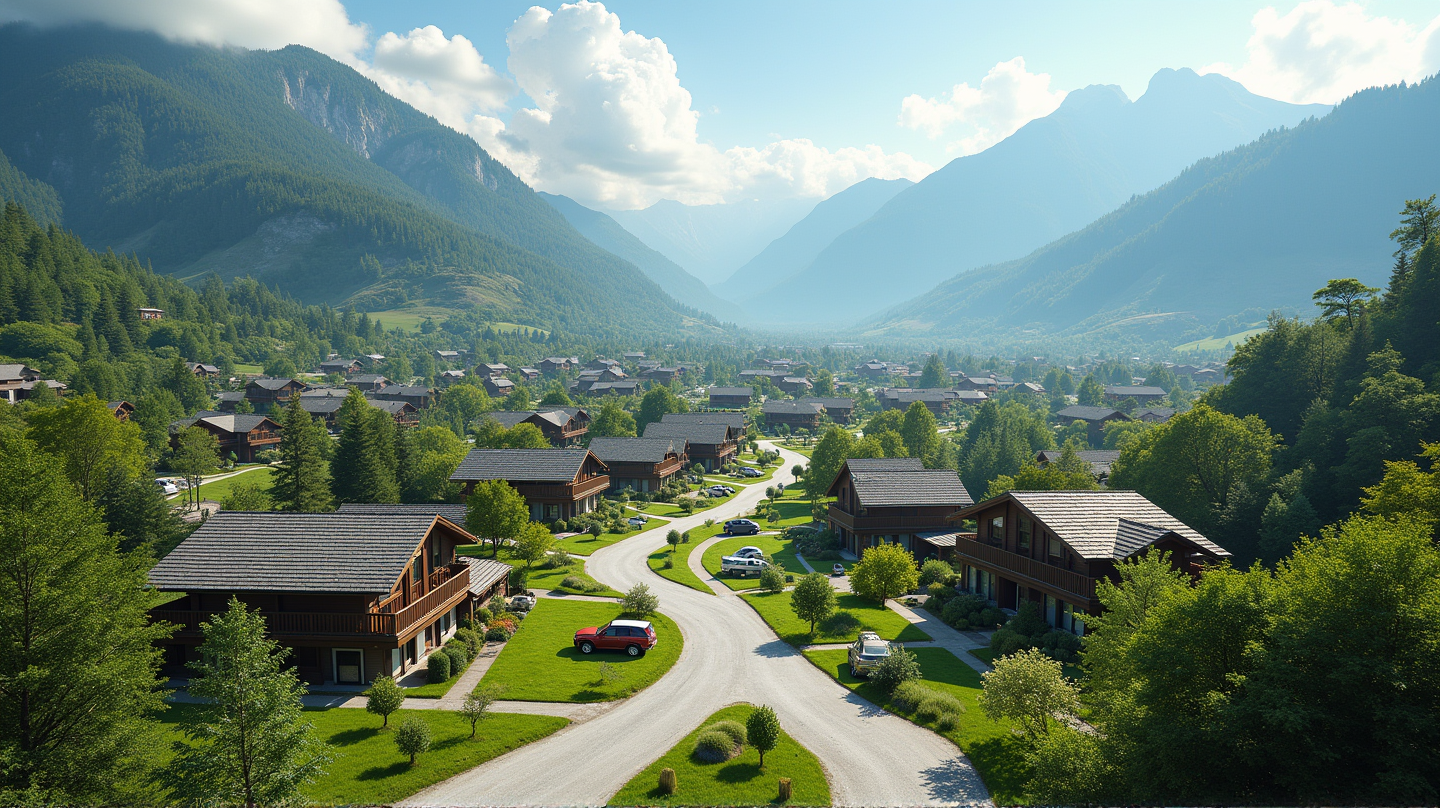Banff's Bold Move: Why Intercept Parking Outshines Underground Solutions
Banff prioritizes intercept parking, steering away from underground parking to tackle tourism traffic woes.

Rethinking Parking: A New Visitor Experience in Banff
Banff, a vibrant hotspot nestled in the heart of the Canadian Rockies, is undergoing a significant transformation. The redevelopment of Banff Avenue’s 200 block intends to enrich the visitor experience with 8,000 square meters of developed space, prominently featuring a new visitor center, residential housing, and substantial green spaces.
A Sigh of Relief or Caution?
However, a proposed underground parking solution has raised eyebrows. It poses a potential discord with Banff’s established strategy to mitigate vehicular congestion. Experts and officials express concern over the implication of increased car traffic in the already bustling downtown area.
An Unwavering Stance on Sustainable Transportation
Over the last decade, Banff has dedicated its strategies to sustainable transit, actively avoiding additions that could exacerbate congestion. “Building facilities for cars will inevitably invite more traffic, counteracting our long-standing objectives,” explained Adrian Field, Banff’s Director of Engineering.
Understanding the Constraints and Opportunities
Notably, Banff’s land-use bylaws discourage underground parking within the downtown district, pertaining primarily to private developers, who finance 95% of required parking stalls directly. The cohesive aim is to deter fragmented, non-cohesive parking solutions.
Parks Canada and Municipal Dynamics
A pivotal aspect to consider is Parks Canada’s jurisdictional immunity, which potentially overrides local bylaws, enabling them to pursue their developmental aspirations unfettered by local statutes. But, as a gesture of collaboration, Parks Canada seeks alignment with Banff’s planning approach, as described in their bidding documents.
Exploring Intercept Parking: An Institution in Sustainability
The enduring proposition of intercept parking represents a cumulative consensus from decades of research advocating for better traffic flow and lesser vehicle penetration into sensitive park areas. As Banff and Parks Canada strive to maintain harmony with nature, intercept parking aligns with broader conservation goals, thus easing environmental pressures.
A Future Defined by Collective Wisdom and Eco-Friendly Choices
Banff’s proactive stance on championing intercept parking, or possibly developing sustained mass transit options from Calgary, moves toward a harmonious coexistence between scenic tourism allure and ecological balance. Whatever the outcome, Banff’s evolution will unfurl new chapters in sustainable transport planning that others may one day emulate.
According to Rocky Mountain Outlook, Banff’s story represents a forward-thinking commitment to preserving its unique character while navigating modern logistical challenges.

